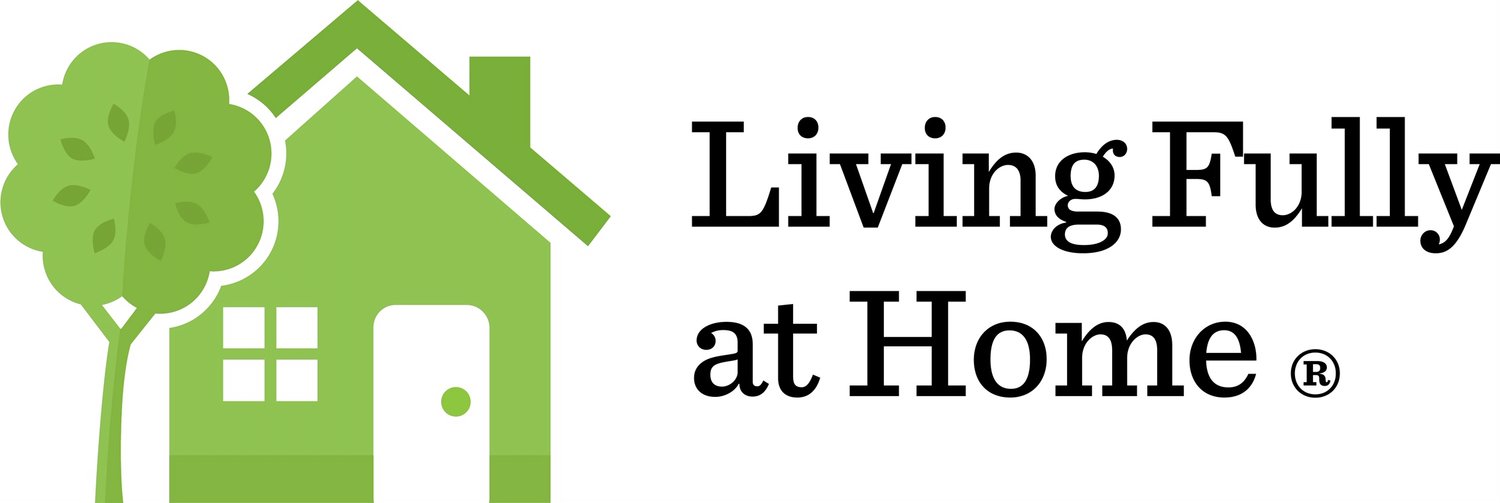Home modifications are adapted living spaces to meet the needs of individuals with physical limitations so they can continue living in their home as safely and independently as possible. Modifications may be as simple as (view our short video here or at the bottom of this page for a very brief preview to what we can offer for additional ideas):
- decluttering living spaces and passageways,
- using grab bars in the bathroom and shower
- using handrails on stairways
- lighting hallways and stairwells
- using assistive devices to aid in mobility
A national study performed simple home modifications that were recommended by an occupational therapist and completed by a handyman for older adults and showed effective results for successful aging in place. Watch this short video here.
Investing in the right kinds of home modifications can provide BIG savings and should be viewed as being preventive rather than limiting or indicating decline. Research conducted by the National Centers for Disease Control and Prevention shows that home modifications and repair may prevent 30% to 50% of all home accidents among seniors, including falls.
Essential home modifications take into consideration some basic elements:
- Accessibility: means making doorways wider, clearing spaces to ensure a wheelchair can effectively pass through them, adding ramps or lift devices, addressing countertop heights, and placing light switches, outlets and thermostats at heights that can be easily reached. This kind of remodeling must conform to state and local building codes, ADA guidelines and American National Standards Institute regulations for accessibility.
- Adaptability: can be competed quickly and easily to accommodate for the needs of seniors or individuals with disabilities. Examples would include adding grab bars at specific points in the bathroom, adding lighting, magnification, and contrast for low vision, and raising the level of beds, chairs and sofas to allow for safer mobility.
- Universal Design: means designing interior and exterior spaces to be usable by all people, to the greatest extent possible. Examples might include opening floor plans so that they are easier to navigate for everyone and flexible enough to accommodate for adaptation to special needs and function with a minimum of effort. Elements of universal design can be utilized in modifying and remodeling existing housing.
- Visitability: design or home modifications that make the home able to be lived in or "visitable" by people who have trouble with steps, use wheelchairs or walkers. A home is visitable when it meets three basic requirements:
- zero-step entrance
- doors with 32 inches of clear passage space
- bathroom on the main floor that is wheelchair or walker accessible
Where to Begin?
There are no shortage of internet recommendations, checklists and how-to's designed to aid in determining what kinds of home modifications to make. The reality is that no two individuals, including those who live in the same home, have the same sets of needs. There are no one-size-fits-all solutions to the challenges of promoting and preserving independence and safety in your home.
At Living Fully At Home, we believe the first step to making meaningful & effective home modifications begins with you. We seek first to gain a clear understanding of what you feel your needs, goals and objectives are. The next step is to provide you with a thorough evaluation of current conditions by licensed professionals. We are uniquely trained to assess your needs and can provide options from basic to complex modifications by collaborating or bringing in other outside professionals and service providers. Our goal is to preserve and promote your independence while helping you continue to live safely and comfortably in your home.
Should home modifications be a recommended option, we can help connect you to vetted vendor partners that can provide quality product and services to help you achieve your home modification plans.

